|
Ever wonder where all of our trees come from? We make a lot of them right here, and this year we are on the ball enough to be making them in our kitchen. Getting them done early means they have a longer season, as they will be healed up and ready to go as soon as we can get into the greenhouse. The apple trees and dwarf conifers are our focus at the moment. Apples (above) are clonal - to get a Gala apple, you need to take a cutting from a Gala tree and graft it onto a rootstock. Rootstocks can also confer different characteristics onto the tree, like dwarfism. It's amazing how little tissue you need to get an entire tree - a single bud will do! We are hoping to host some grafting workshops here this summer, and also to be at the Fireweed Market in July.
2 Comments
We were reminded recently that Whitehorse is a little ahead of us seasonwise, and realised we had better get on our communications even though we are still enjoying plenty of snow along with the glorious return of the sun. Big news here is that the new catalogue is available, and it's time to begin the transition to spring for all our hardy northern fruit trees.
The Victoria Day weekend marks a kick off of sorts in Dawson, with the annual Gold Show coinciding with the first Farmers' Market on Front Street. Guess where we will be! Our market tent will be easy to spot, with potted perennials proliferating on all sides. We're looking forward to seeing the other vendors and of course our customers, new and returning. You can expect to see dwarf conifers (for more selection and to order, see our conifer page), lilacs and other ornamentals, and as a special spring offering Martin Saskatoon plugs (very small plants) on sale by the dozen! We'll be there at 11am on Saturday, hope to see you at the market.
Almost all of our ‘outside’ apple trees (planted in the ground with no permanent shelter) get a winter wrap with a white tarp to keep out the worst of the winter cold. We expect a certain amount of tip die-back (winterkill) on even these protected trees in cold winters, but the tarp helps a good deal. Once the spring sun begins to warm things up during the day it is important to vent these tarp-tents by opening up the tops to moderate the temperature. Our more tender or long-season apples are housed in permanent coldframes and these get vented as well to prevent heat build-up in the spring. Sometimes they also get shade-cloths hung on the south and west sides. All of this is geared to prevent the trees from breaking bud too early and having tender tissues when temperatures are still falling below zero at night. When dormant, our apples can tolerate -40°C, but tender growth can only take a few degrees of frost and blooms can be damaged at -2°C. Once flower buds are the size of a pea ensure your tree doesn’t drop below freezing – if a cold night looms throw a sheet over the tree to keep it safe. Once fruit is set, a few degrees of frost is tolerable. Ensuring your tree is well-watered as spring comes on is also important to a healthy transition.
|
Notes from the Nursery
At Canada's most northerly nursery John and Kim grow and experiment with fruit trees and local material. Archives
April 2018
Categories |
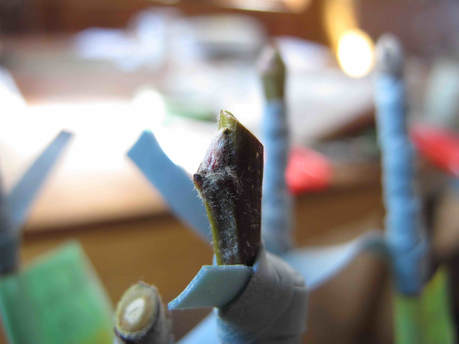
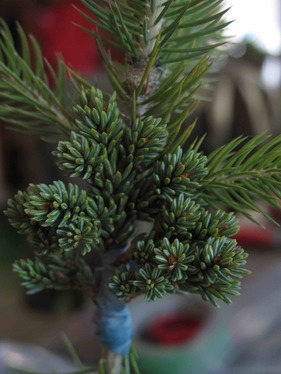
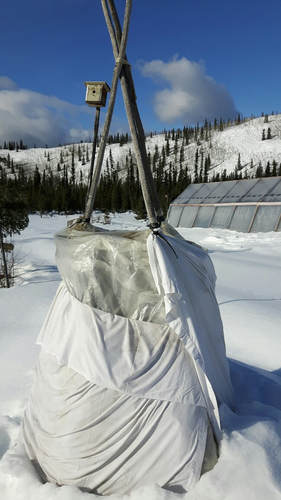
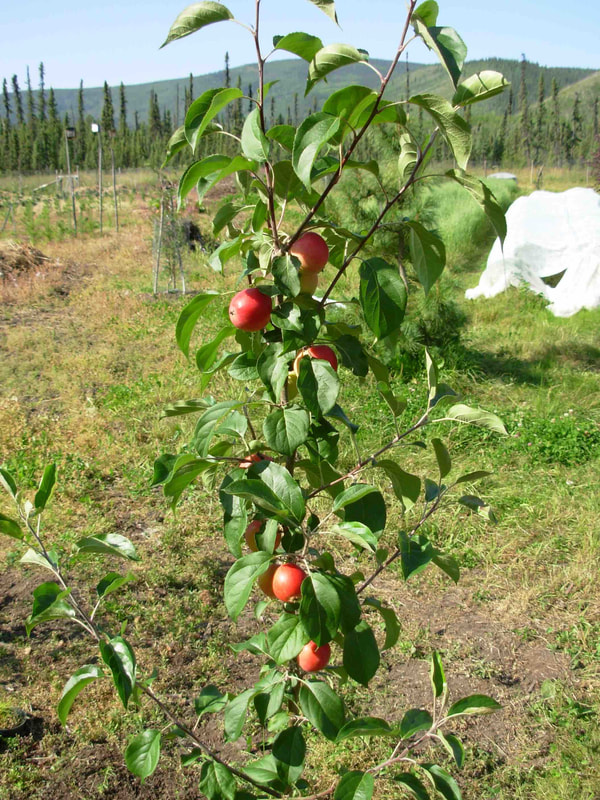
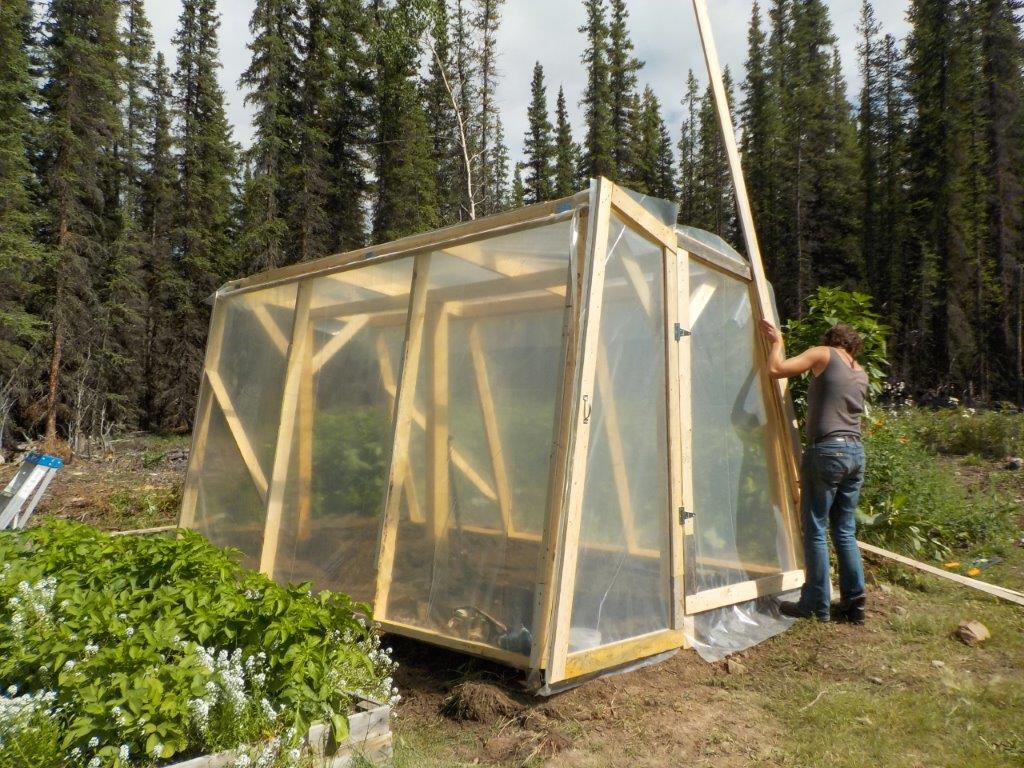
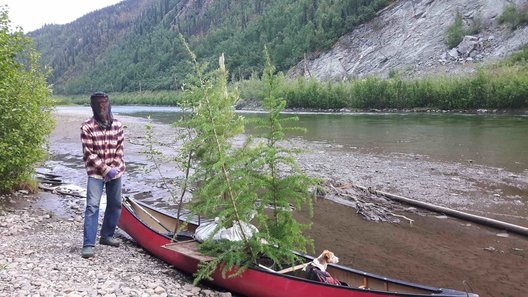
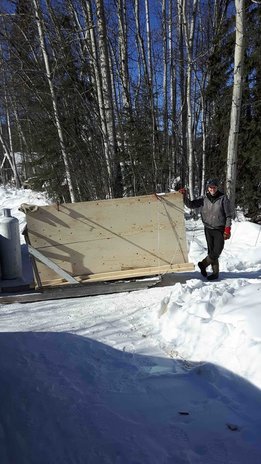
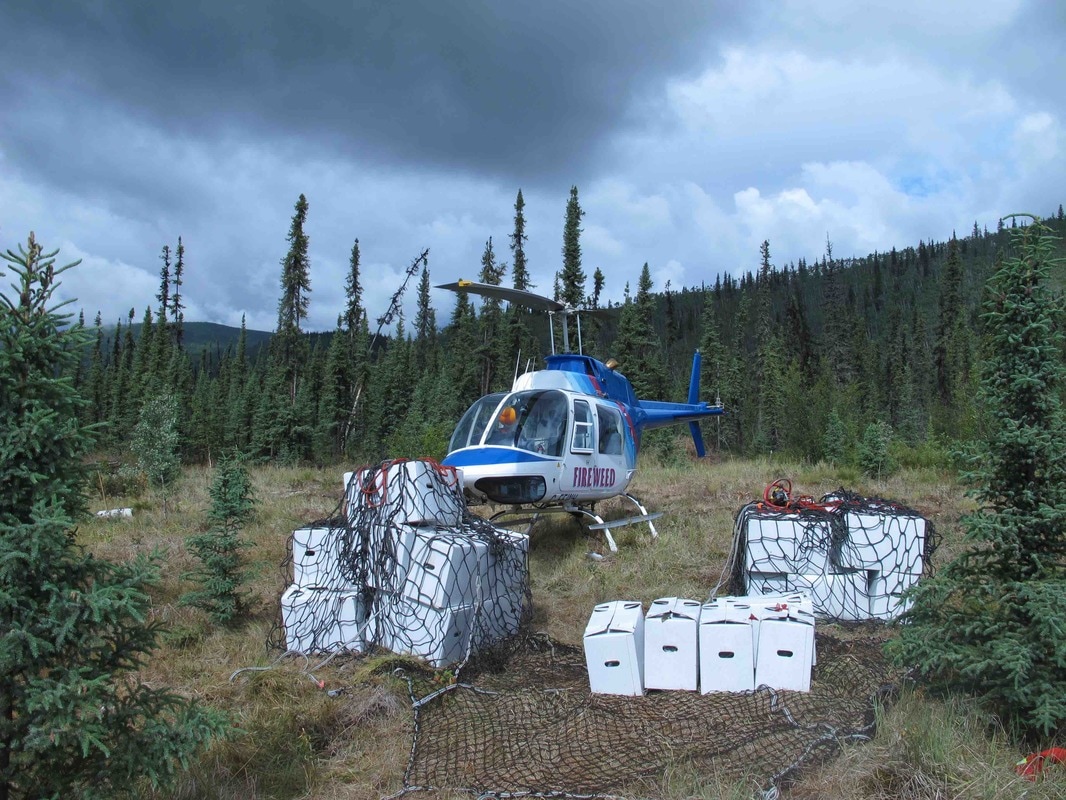
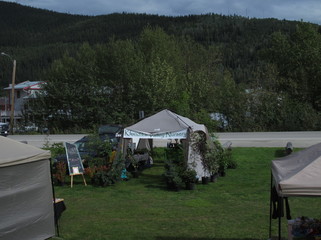
 RSS Feed
RSS Feed